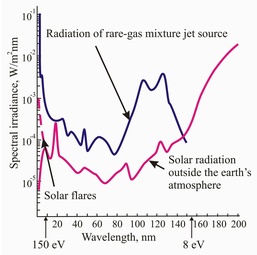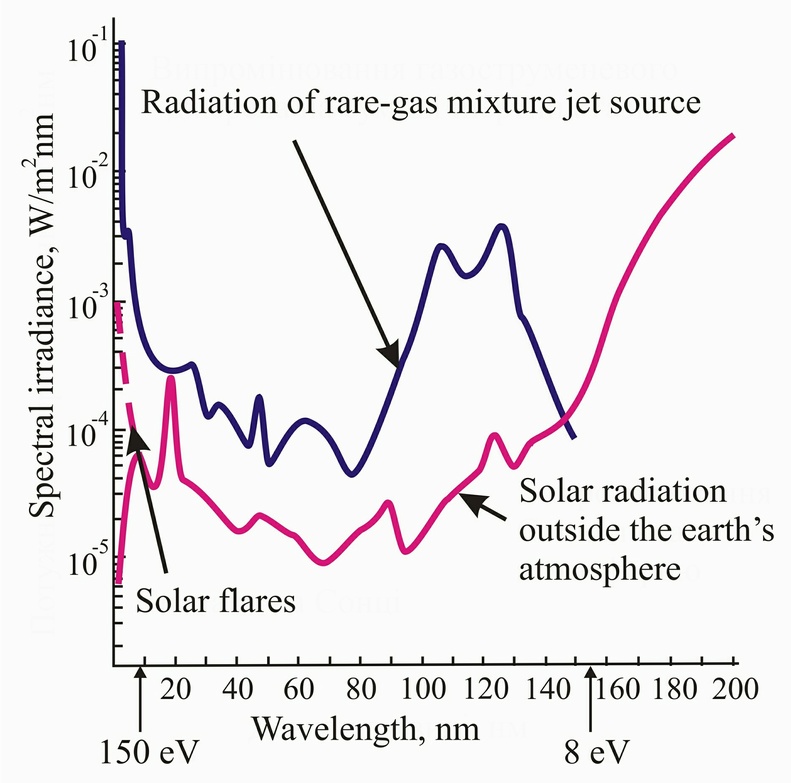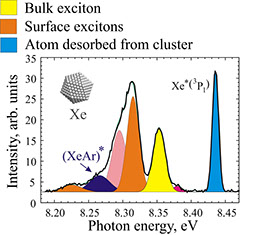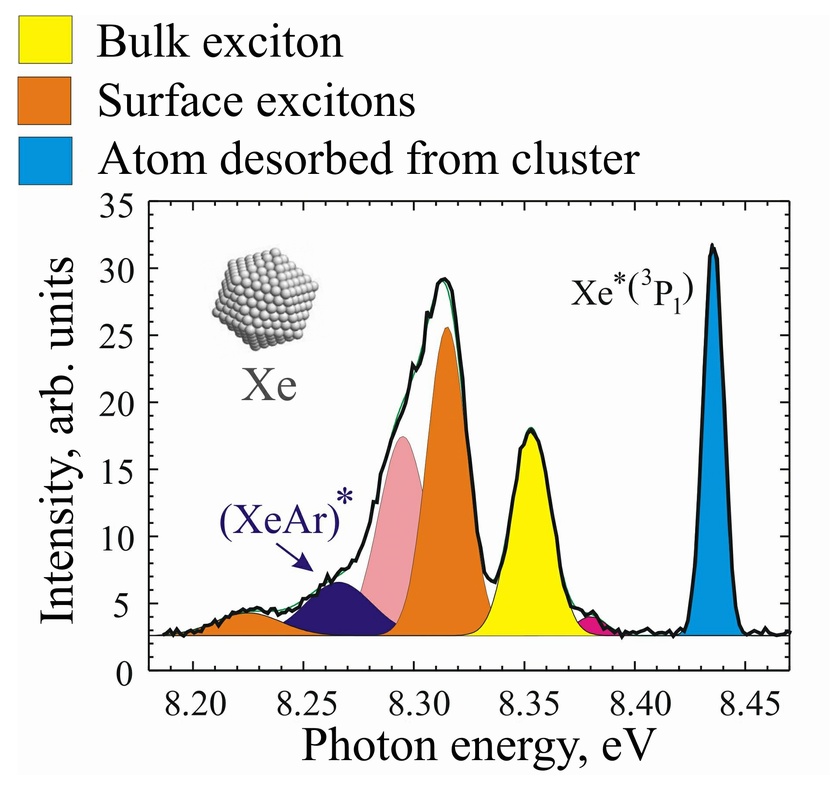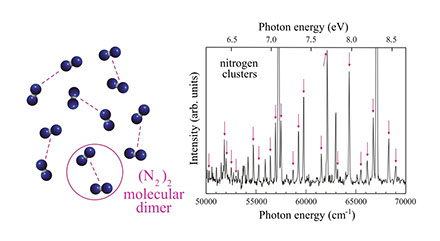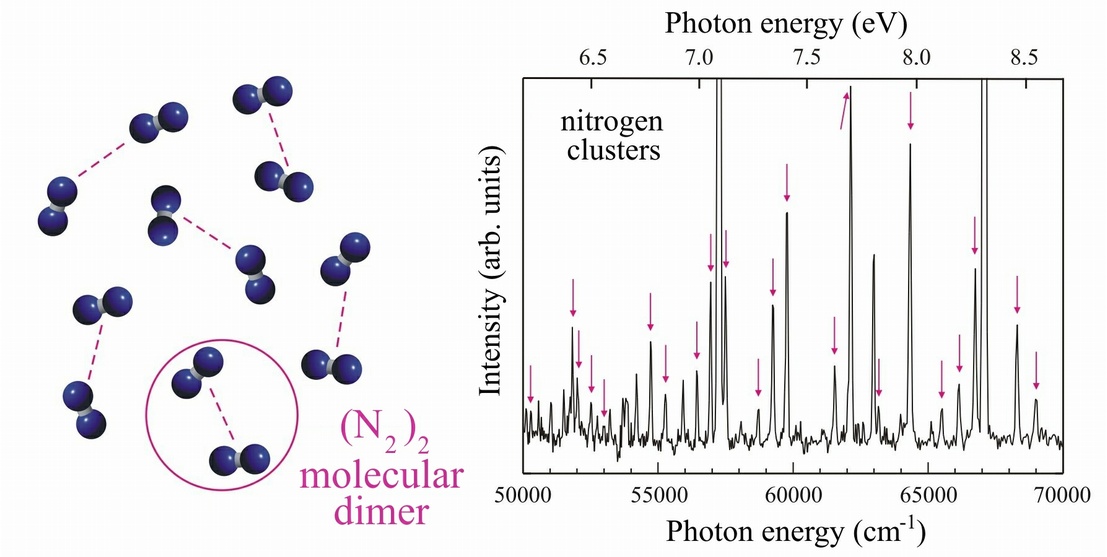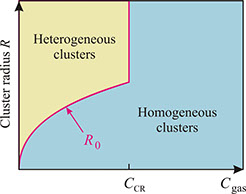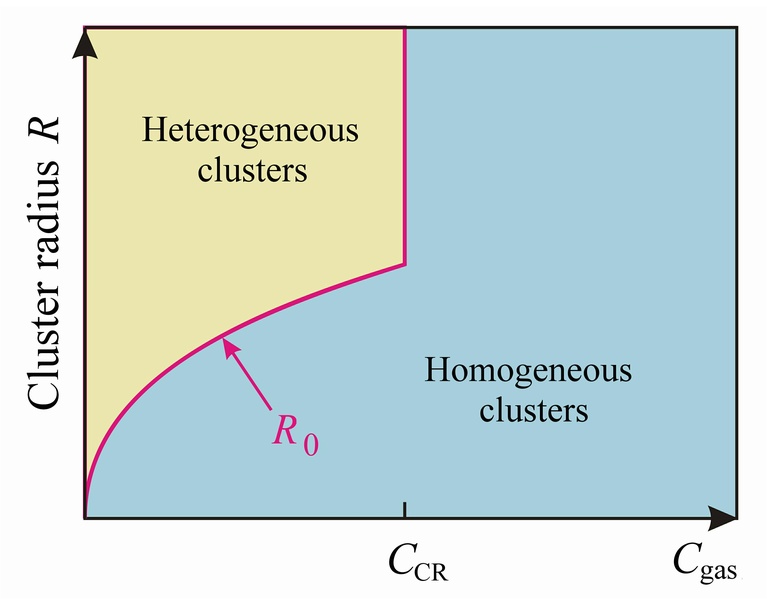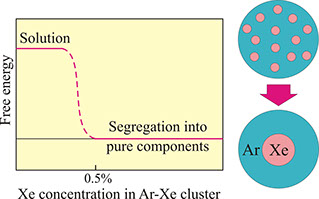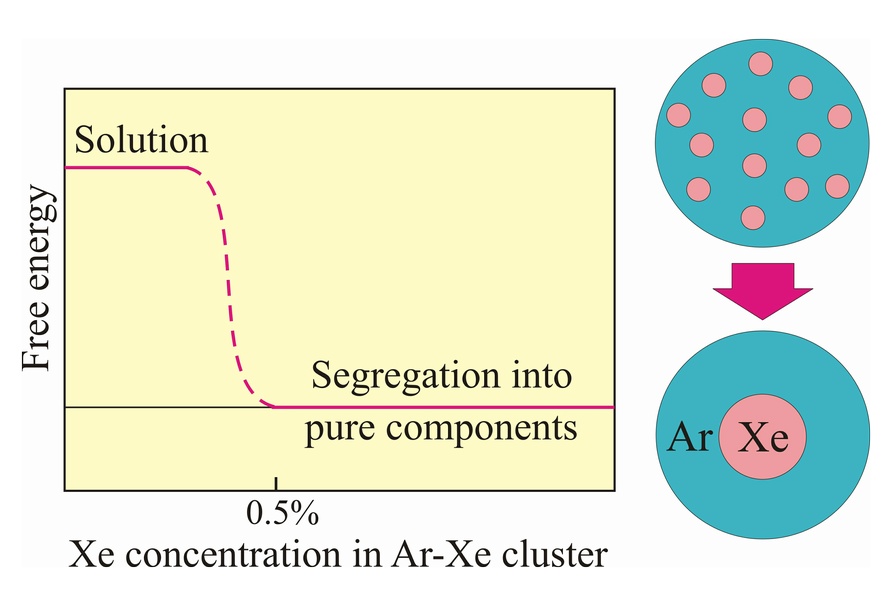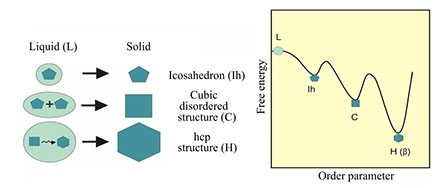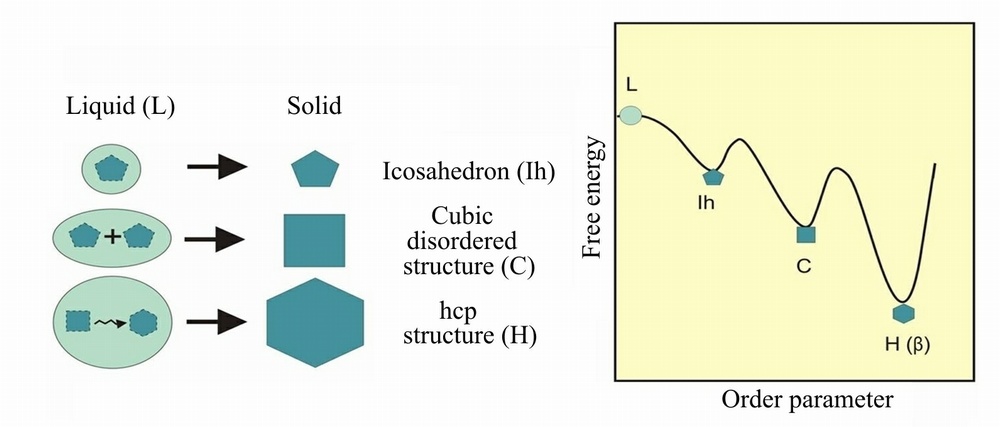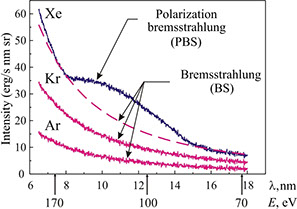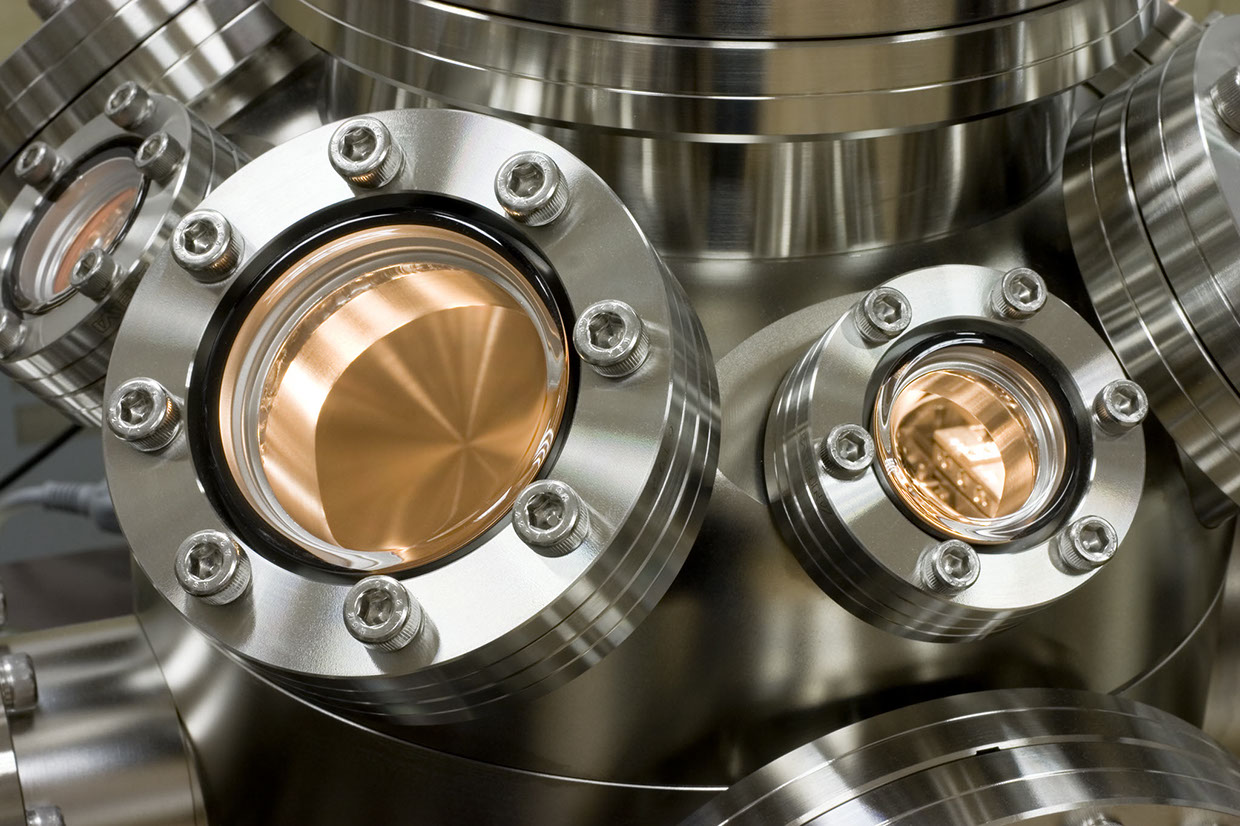
Research team for spectral and structural studies of substrate-free nanoclusters of rare and molecular gases
People
Spectroscopic studies
Structural studies

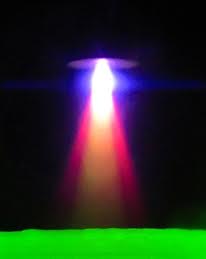
Main areas of research
● Study of size effect on evolution of structure and phase composition of clusters of rare and molecular gases.
● Development of methods for controlling cluster size and composition in experiments with one- and multicomponent cluster beams.
● Study of formation and decay of electronic excitations in homo- and heterogeneous clusters of rare and molecular gases.
● Development of new sources of vacuum ultraviolet (VUV) and ultrasoft X-ray (UXR) radiation.
● Development of VUV and UXR simulators of solar radiation based on cluster beams.
● Study of impact of solar VUV and UXR radiation on physical properties of constructional materials of space vehicles in a laboratory environment.
● Study of influence of structure of surface and core layers of clusters on the formation of bremsstrahlung (BS) and polarization bremsstrahlung (PBS)
spectra.
Main experimental techniques
Cluster generation in supersonic gas jets, excitation and ionization of atomic and cluster beams by electrons and photons, emission spectroscopy of rare-gas and molecular clusters in the visible, VUV, and UXR spectral ranges, electron diffraction from clusters.
Equipment
Research complex based on cluster beam generator and consisting of three experimental setups.
Measurement and analysis of emission spectra from homo- and heterogeneous nanoclusters of atomic and molecular gases, study of size and structure effect on relaxation of electronic excitations.
Key results
● A size effect on the relaxation of electronic excitations in clusters was found and attributed
to some peculiarities of size quantization of energy inside the cluster excitonic bands.
● Exciton-impurity luminescence was found in xenon clusters with a noncrystalline structure.
● Molecular dimers (N2)2, which can be viewed as a potential basic structure element for the
synthesis of polymeric nitrogen under ambient conditions, were found to be formed in N2 and
Ar-N2 clusters.
● The desorption of excited hydrogen atoms from free Ar/CH4 nanoclusters under electron
irradiation has been revealed. The mechanisms of desorption of electronically excited H*
atoms from Ar/CH4 clusters have been elucidated.
1. Experimental setup to study cathodoluminescence from rare-gas and molecular clusters in the visible and VUV spectral ranges
First observation of exciton-impurity luminescence from xenon clusters [Low Temp. Phys. 35, No. 12, 944 (2009)].
Molecular dimers (N2)2 revealed in N2 and Ar-N2 clusters [Phys. Rev. A 84, No. 2, 023201 (2011)].
Electron diffraction to study structure and substructure, to find temperature, crystalline lattice parameters, and the average size of homogeneous and heterogeneous nanoclusters of solidified atomic and molecular gases.
Key results
● Structural transformation from fcc to fcc + hcp phase was found and studied for the first
time in pure Ar and binary Ar-Kr clusters.
● Structural genesis of the higher-temperature β phase of N2 was traced with the help of
nitrogen clusters.
● Phase segregation into pure components was found in Ar-Xe clusters (while bulk samples
demonstrate a segregation into weak solutions).
● Lower (by 30 - 50 %) temperatures of binary Ar-Kr and Ar-Xe clusters with respect to those
of one-component Kr and Xe clusters were registered for the first time and explained by the
presence of a gaseous argon behaving as a heat-transfer agent.
● A method was developed to control size and composition of clusters generated in two-
component cluster beams.
2. Experimental setup for structural studies of free rare-gas and molecular clusters
.
Regions of existence of one- and two-component clusters obtained from two-component gaseous mixtures of substances with a complete mutual solubility [Low Temp. Phys. 41, No. 8, 637 (2015)].
Sequence of structural transformations which precede the formation of the higher-temperature β phase of nitrogen [Low Temp. Phys. 31, No. 11, 979 (2005)].
First observation of phase segregation into pure components in Ar-Xe clusters [JETP Lett. 84, No. 6, 324 (2006)].
3. Experimental setup for spectroscopic studies of atoms, molecules, and clusters in the UXR spectral range
Measurement and analysis of UXR emission spectra from atoms and clusters in a wide photon energy range, study of clusterization effect on the spectra of rare and molecular gases with subvalence subshells ionized by electrons, study of the formation of PBS and BS for electrons of various energies scattered on atomic and cluster targets.
Key results
● PBS was discovered and studied for electrons scattered on xenon atoms (I. Puluj Prize:
E.T. Verkhovtseva and E.V. Gnatchenko, 2003).
● Absolute values of BS differential cross-section were determined for electrons scattered on
xenon atoms.
● Influence of icosahedral and crystalline structures of surface and core layers of a cluster on
the formation of PBS spectra was studied for xenon clusters.
● A special state of xenon clusters was found, in which their core has a crystalline structure
while the surface is in a pseudocrystalline state and fluctuates between the liquid and solid
phases.
First experimental observation of PBS for electrons scattered on xenon atoms [J. Phys. B 16, No. 20, L613 (1983)].
Key publications
O.P. Konotop, O.G. Danylchenko. Cluster growth in binary N2–Kr supersonic jets: effect of initial gas temperature and krypton gas concentration, ФНТ 49 (2), 233-238 (2023) [Low Temp. Phys. 49 (2), 216 (2023)].
DOI: 10.1063/10.0016873.
Yu.S. Doronin, V.L. Vakula, G.V. Kamarchuk, А.А. Tkachenko, I.V. Khyzhniy, S.A. Uyutnov, M.A. Bludov, E.V. Savchenko. Desorption of excited H* atoms from free clusters Ar/CH4 and solid Ar doped with CH4, ФНТ 47 (12), 1157-1164 (2021) [Low Temp. Phys. 47 (12), 1058 (2021)].
DOI: 10.1063/10.0007081.
V.L. Vakula, O.G. Danylchenko, Yu.S. Doronin, G.V. Kamarchuk, O.P. Konotop, V.N. Samovarov, A.A. Tkachenko. A new approach to studying the cathodoluminescence spectra of free quasicrystalline and crystalline inert-element clusters, Low Temp. Phys. 46 (2), 145 (2020).
DOI: 10.1063/10.0000533.
O.G. Danylchenko, R.E. Boltnev, V.V. Khmelenko, V. Kiryukhin, O.P. Konotop, D.M. Lee, N.V. Krainyukova. Argon nanoclusters with fivefold symmetry in supersonic gas jets and superfluid helium, J. Low Temp. Phys. 187, Nos. 1-2, 156-165 (2017).
DOI: 10.1007/s10909-016-1720-8.
O.G. Danylchenko, S.I. Kovalenko, O.P. Konotop, and V.N. Samovarov. Diagnostics of composition and size of clusters formed in supersonic jets of Ar-Kr gas mixtures, Low Temp. Phys. 41, No. 8, 637 (2015).
DOI: 10.1063/1.4928921.
O.G. Danylchenko, S.I. Kovalenko, O.P. Konotop, and V.N. Samovarov. Electron diffraction data on nucleation and growth of an hcp phase in homogeneous (Ar) and heterogeneous (Ar-Kr) clusters, Low Temp. Phys. 40, No. 12, 1083 (2014).
DOI: 10.1063/1.4904000.
E.V. Gnatchenko, A.N. Nechay, A.A. Tkachenko, and V.N. Samovarov. Polarization bremsstrahlung study of the surface of xenon clusters: The pseudocrystalline state, Low Temp. Phys. 38, No. 12, 1139 (2012).
DOI: 10.1063/1.4770519.
Yu.S. Doronin, M.Yu. Libin, V.N. Samovarov, and V.L. Vakula. Spectroscopic observation of (N2)2 dimers in free icosahedral N2 and Ar-N2 clusters, Phys. Rev. A 84, No. 2, 023201 (2011).
DOI: 10.1103/PhysRevA.84.023201.
E.V. Gnatchenko, A.N. Nechay, V.N. Samovarov, and A.A. Tkachenko. Polarization bremsstrahlung from xenon atoms and clusters: A cooperative effect contribution, Phys. Rev. A 82, No. 1, 012702 (2010).
DOI: 10.1103/PhysRevA.82.012702.
E.V. Gnatchenko, A.A. Tkachenko, and А.N. Nechay. Absolute differential bremsstrachlung cross sections for 0.4-2-keV electrons scattered by Ar, Kr, and Xe atoms, Phys. Rev. A 80, No. 2, 022707 (2009).
DOI: 10.1103/PhysRevA.80.022707.
V.L. Vakula, O.G. Danylchenko, Yu.S. Doronin, S.I. Kovalenko, M.Yu. Libin, and V.N. Samovarov. Observation of exciton luminescence from icosahedral xenon-argon clusters, Low Temp. Phys. 35, No. 12, 944 (2009).
DOI: 10.1063/1.3276058.
O.G. Danylchenko, Yu.S. Doronin, S.I. Kovalenko, M.Yu. Libin, V.N. Samovarov, and V.L. Vakula. Luminescence evidence for bulk and surface excitons in free xenon clusters, Phys. Rev. A 76, No. 4, 043202 (2007).
DOI: 10.1103/PhysRevA.76.043202.
Yu.S. Doronin and V.N. Samovarov. Spectroscopy of mixed Ar–Xe clusters: Formation of a xenon core, Opt. Spectrosc. 102, No. 6, 906 (2007).
DOI: 10.1134/S0030400X07060173.
O.G. Danylchenko, Yu.S. Doronin, S.I. Kovalenko, and V.N. Samovarov. Phase separation into pure components in mixed Ar-Xe clusters, JETP Lett. 84, No. 6, 324 (2006).
DOI: 10.1134/S002136400618010X.
O.G. Danylchenko, S.I. Kovalenko, and V.N. Samovarov. Electron diffraction study of two-component clusters Ar–Kr: Features of the nucleation, growth mechanisms, and structural states, Low Temp. Phys. 32, No. 12, 1182 (2006).
DOI: 10.1063/1.2400697.
É.T. Verkhovtseva, Yu.S. Doronin, A.M. Ratner, and E.A. Bondarenko. Influence of the size effect in the exciton energy spectrum on exciton relaxation in rare gas clusters, Low Temp. Phys. 32, No. 10, 946 (2006).
DOI: 10.1063/1.2370738.
A.G. Danil’chenko, S.I. Kovalenko, and V.N. Samovarov. Kinetics of homogeneous crystallization of nitrogen according to electron diffraction data for free clusters, Low Temp. Phys. 31, No. 11, 979 (2005).
DOI: 10.1063/1.2127890.
E.T. Verkhovtseva, E.V. Gnatchenko, and P.S. Pogrebnjak. Investigation of the connection between 'giant' resonances and 'atomic' bremsstrahlung, J. Phys. B 16, No. 20, L613 (1983).
Last updated: 03/08/2025
Contacts
47 Nauky Ave., Kharkiv, 61103, Ukraine
tel.: +380(57)341-0918
fax: +380(57)340-3370
© 2017-2025, Design by Anton Klimkin
Executive editor: V.A.Gudimenko
v.2024.2.10



